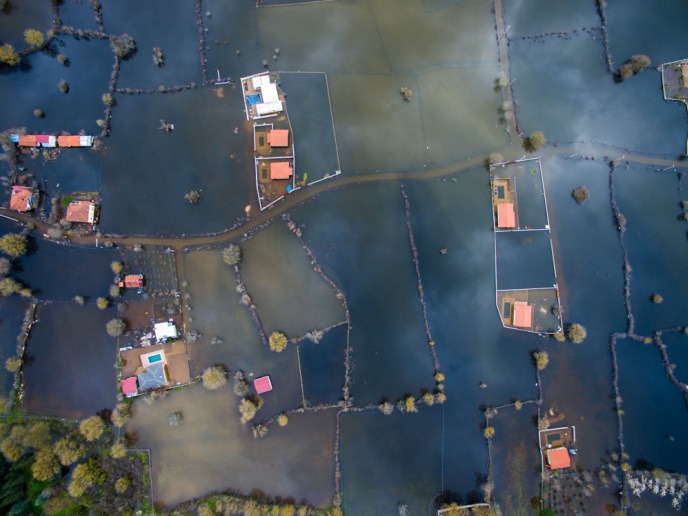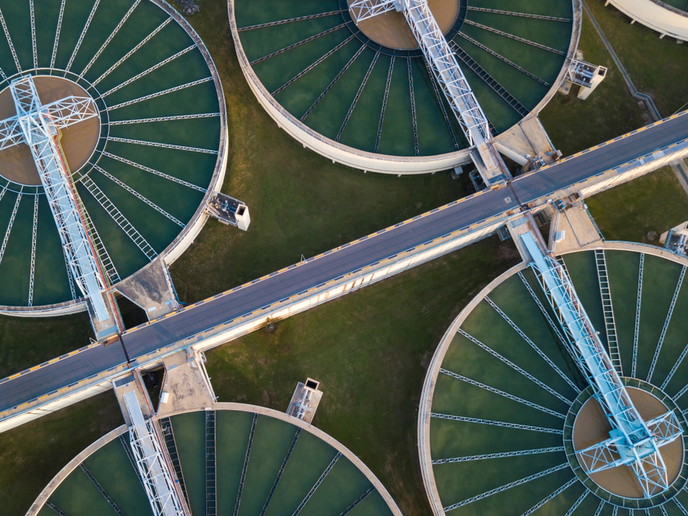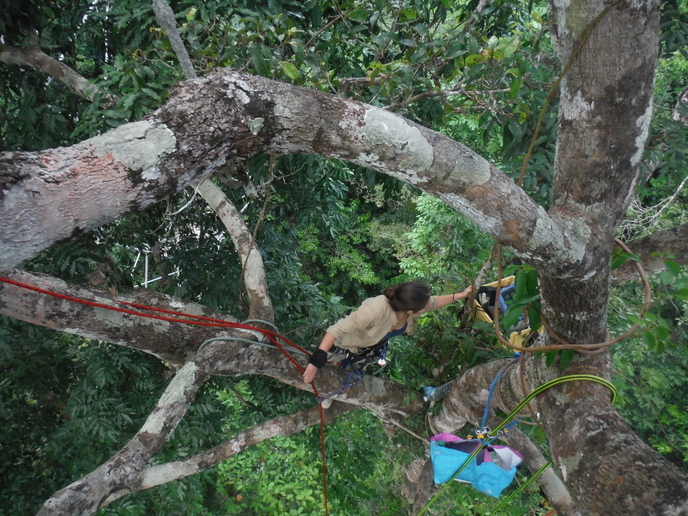For urban groundwater resource sustainability
In previous years, water pollution concerns have mainly focused on surface water, with pollution of urban groundwater being neglected in the majority of countries worldwide. Therefore, one of the major concerns of authorities responsible for the management of sub-surface urban water resources is protecting them from pollutants and contamination. However, this requires knowledge of pollutant sources and their transport pathways through different ground structures into aquifers. Furthermore, to avoid contamination of urban aquifer systems, efficient urban water management tools and decision support systems with socio-economic components are urgently needed. The AISUWRS project aimed to improve the sustainability of urban water resources and systems with the help of computer models interlinked through a decision support system and a socio-economic analysis methodology. The proposed software tool can react on different temporal and spatial scales to predict the potential of groundwater contamination for different urban water scenarios. A simple one-dimensional (1-D) model is used for the description of infiltration beneath urban green areas and other public open spaces. In particular, it gives an estimate of the typical time for water to travel from the surface to the aquifer, by treating the soil as a layered medium with two homogeneous layers. This so-called Public open space index (POSI) model can also be applied to septic tanks. It can model sorption and decay processes for a wide range of contaminants, such as nitrate (NO3-), boron (B) and Escherichia coli, and thereby assess the contaminant load entering the groundwater. The AISUWRS system allows each model, including the POSI model, to act independently in the assessment of the entire process from pollutant source to water system. It also allows them to interact with a database and a Geographic information system to pass relevant information onto successive models in order to simulate the flow of contaminants to urban groundwater.







